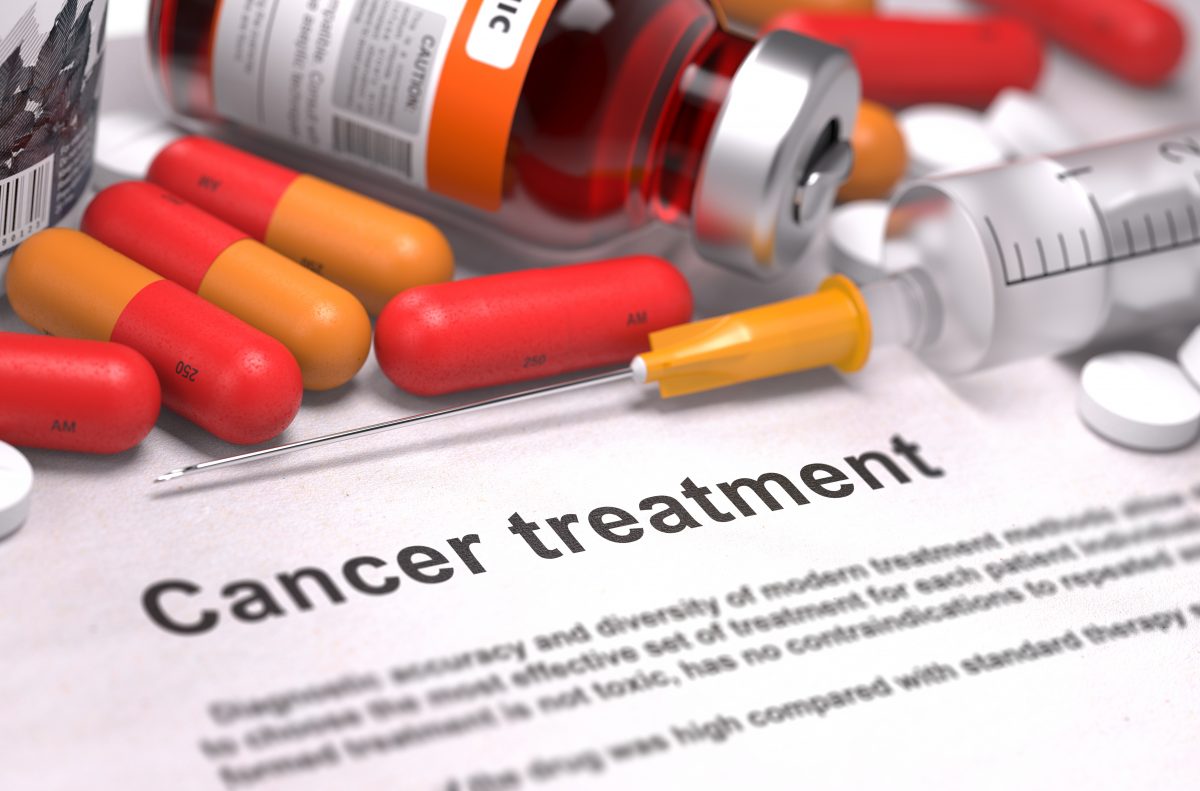Many years back, it seemed like a death sentence when a patient is diagnosed with cancer. In the early discovery of the disease, technology wasn’t advanced yet. Doctors had to settle for whatever treatment form was available. Today, however, advancements in technology have paved the way for many treatment forms, with the insight of improving the prognosis of cancer.
The treatment options for cancer depend on the type or stage of the disease. Some treatments are localized, which means they target the affected area only. And there are others that are intended to bring positive effects to the entire body. The choice depends on what your oncologist prescribes to be the best possible treatment plan for your medical and health needs.
To guide you with these options, here’s a list of some of the various cancer treatment forms used today, with a discussion on the possible benefits and side effects of each.
Chemotherapy

Chemotherapy refers to the general group of drugs or medications used to kill cancer cells. The drugs may be given orally or through intravenous (IV) injection. There are different types of chemotherapy drugs, and your doctor would choose a combination of those they think is best for your needs.
Chemotherapy is quite an aggressive treatment form, so your body’s immune system has to double-time to ensure it can fight back. Doctors continue to prescribe chemotherapy because of the promising benefits it brings, like the following:
- It could shrink or slow down the growth of cancer cells.
- It provides the chance to have more consultations with the doctor, which is a reassuring factor for patients.
- It could give patients the chance to live a longer life if the cancer cells shrink.
But like any other drug, there are also side effects of chemotherapy, including the following:
- Chemotherapy couldn’t tell the difference between good and bad cells. So it may also affect the good cells, which may result in the weakening of the immune system.
- In the case of pregnant women undergoing cancer treatment, it may cause harm to the fetus.
- It may cause vomiting, nausea, loss of appetite, and hair loss.
Surgery
In patients with cancer, surgery is the physical act of removing the tumor in their body where the cancer is. This is generally the prescribed form of treatment when cancer is identified in the early stages. This means it’s still confined in one area and hasn’t yet metastasized in other organs of the body.
Before you undergo surgery, your doctor would explain to you its risks and benefits. The benefits may include the following:
- It may work against the disease by removing the cancer contained in one area.
- It may ease cancer symptoms by removing tumors that are also causing added pain in the area.
On the other hand, the possible risks may include these below:
- Bleeding;
- Damage to nearby tissues;
- Damage to organs;
- Infections.
Immunotherapy
Immunotherapy is a type of cancer treatment that relies on the body’s immune system and natural, inherent ability to fight against body intruders and illnesses. With immunotherapy, the goal is to use the body’s substances to help the immune system work harder against its battle with cancer. This means even as the cancer may get aggressive, the body’s immune system may not succumb and continue to be stronger. With this kind of response, the body could eventually rid itself of cancer cells.
Immunotherapy is also known as precision medicine in action as it carries potential benefits such as the following:
- It could work when other treatment forms, like chemotherapy and radiation therapy, no longer work.
- It may have fewer side effects than other treatment forms, simply because it only targets a patient’s immune system and not the other healthy cells in the body.
- It’s a kind of treatment that may be successful with different types of tumors.
As you submit yourself to immunotherapy, however, also be mindful of the following side effects and risks:
- Skin reactions, like redness and dryness;
- Muscle aches;
- Edema (swelling of the legs);
- Headaches;
- Diarrhea.
Hormonal Therapy
Another kind of treatment form is hormonal therapy, which is used for types of cancers that are also fueled by hormones. These cancer types include ovarian, prostate, and breast cancers. Hormonal therapy is accomplished through either the use of drugs or surgery to stop the body’s natural hormones. When successful, hormonal therapy may help slow the growth of cancer cells.
Some of the reasons why oncologists would prescribe hormonal therapy are as follows:
- It may shrink tumors, for easier removal during surgery.
- In the case of patients who have successfully won their battle against cancer, it may reduce the chances of the recurrence of the disease.
- It may ease the symptoms of cancer.
There are also side effects or risks that may come alongside hormonal therapy, such as these below:
- Hot flashes;
- Weakened bones;
- Nausea;
- Fatigue.
Cryotherapy
Also called cryosurgery, cryotherapy uses cold gas to freeze and kill cancer cells. For patients who are proactive with their health and medication, cryotherapy is also commonly used to treat precancerous cells, or those identified as having high risks of turning into cancer.
Cryotherapy may be able to offer benefits such as the following:
- It may help in pain relief.
- It may reduce inflammation.
- It may reduce anxiety and depression, which are common in cancer patients.
As cryotherapy is a minimally invasive treatment, the risks and complications are quite rare. But the possibility of risks still exists, such as the following:
- Swelling, skin infection, and scarring;
- Bleeding and cramping;
- Nerve damage.
Conclusion
If you’ve recently been diagnosed with cancer, your oncologist would most likely prescribe one or more of the treatment forms above. After going through a series of tests, it’s the oncologist who’d determine the best treatment plan for you. While a cure for cancer doesn’t yet exist, technology has somehow paved the way for many treatment options. It’s up to you now to ensure you follow your doctors’ orders to give yourself a higher chance of survival from the disease.
